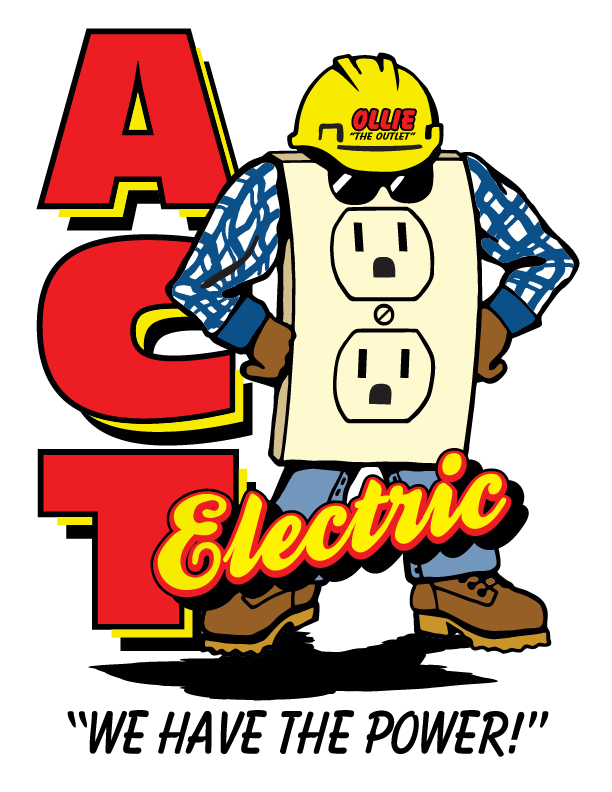Light Technology Through the Years
LED It was in 1879 that one of the underlings in Thomas Edison’s workshop developed the first practical filament light bulb. It was submitted to the patent office and approved for Thomas Edison that same year. It’s been over 138 years since the first incandescent bulb was made and sold, an incredible invention, and it’s amazing to think how often they are still used today. There have been advancements; the bulbs we use now are far and away more advanced than the original style. But considering the advancements we’ve made in other bulbs, it’s surprising these are still being produced.
In 1901 the first mercury vapor lamp was invented. It was developed by a man named Peter Cooper Hewitt, but it would be 20 more years before it became what we now call the fluorescent lamp. Just shy of a hundred years we’ve had and been using these bulbs in our home. And on the surface, it makes sense: they’re brighter, longer lasting, and a lot more efficient than their incandescent predecessors.
But, fluorescent lights contain mercury. If a fluorescent bulb gets broken in your home it releases mercury vapor into the air and requires special handling to pick up.
Light emitting diodes, commonly known as LEDs are the new and revolutionary light systems. The first practical bulb was created by a Nick Holonyak Jr. in 1962. They’re illuminated by the movement of electrons through a semiconductor rather than a filament or with the help of toxic vapors. LEDs have several legs up on the other types of lighting available. They have the longest lifespan comparatively. Most can last up to 100,000 hours. Most fluorescent bulbs max out at 36,000 hours and incandescent bulbs a measly 2,000.
LEDs also have a much cleaner looking light, less likely to give headaches but still bright enough to see. And they’ve got a wider variety of options for their standard bulb, ranging from a full spectrum (that mimics the effect of sunlight, functioning much like a grow light), and daylight (which mimics the appearance of sunlight giving you a warm natural glow in your home.) LEDs are for more than just home lighting too: in recent years TVs have been switching from the tube systems to thousands of tiny little LED lights. Not only are your TVs becoming more efficient now, but they’re also capable of infinitely better picture quality.
LEDS are also the most efficient option available today in home lighting solutions. Switching your lights to LED can give you a better quality of lighting and save you somewhere around $100 a year on your electric bill. And since using less energy is better for the environment, who wouldn’t want that?
The qualified electricians at ACT Electric perform quality lighting, wiring, home generators, landscape and security lighting, and new home wiring jobs. We are a 24-hour emergency electrician to cater to all your needs any time of the day or night. call at (480) 986-1722.



